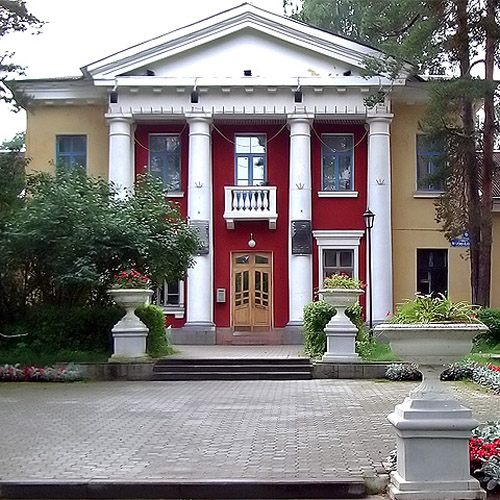Dubnium
105
Db
Grupp
5
Period
7
Block
d
Protoner
Elektroner
Neutroner
105
105
157
Generella Egenskaper
Atomnummer
105
Atommassa
[268]
Masstal
262
Kategori
Övergångsmetaller
Färg
Ej tillämplig
Radioaktiv
Ja
Named after the Russian town of Dubna
Kristallstruktur
Ej tillämplig
Historia
Dubnium was reportedly first discovered in 1968 at the Joint Institute for Nuclear Research at Dubna.
Researchers there bombarded an americium-243 target with neon-22 ions.
In the same year, a team led by Albert Ghiorso working at the University of California, Berkeley conclusively synthesized the element by bombarding a californium-249 target with nitrogen-15 ions.
Researchers there bombarded an americium-243 target with neon-22 ions.
In the same year, a team led by Albert Ghiorso working at the University of California, Berkeley conclusively synthesized the element by bombarding a californium-249 target with nitrogen-15 ions.
Elektroner per skal
2, 8, 18, 32, 32, 11, 2
Elektronkonfiguration
[Rn] 5f14 6d3 7s2
The Berkeley team proposed the name hahnium for the element
Fysikaliska Egenskaper
Aggregationstillstånd
Fast
Densitet
39 g/cm3
Smältpunkt
-
Kokpunkt
-
Smältvärme
Ej tillämplig kJ/mol
Ångbildningsvärme
Ej tillämplig kJ/mol
Specifik värmekapacitet
- J/g·K
Förekomst i jordskorpan
Ej tillämplig
Förekomst i universum
Ej tillämplig

Bildkrediter: Wikimedia Commons (Hrustov)
The element is named after after the Russian town of Dubna, the location of the Joint Institute for Nuclear Research
CAS-nummer
53850-35-4
PubChem CID-nummer
Ej tillämplig
Atomära Egenskaper
Atomradie
-
Kovalent radie
149 pm
Elektronegativitet
-
Jonisationspotential
-
Molvolym
-
Värmeledningsförmåga
0,58 W/cm·K
Oxidationstillstånd
5
Användningsområden
Dubnium is used for scientific research purposes only.
Dubnium is harmful due to its radioactivity
Isotoper
Stabila isotoper
-Instabila isotoper
255Db, 256Db, 257Db, 258Db, 259Db, 260Db, 261Db, 262Db, 263Db, 264Db, 265Db, 266Db, 267Db, 268Db, 269Db, 270Db